In the early 2000s, Cadillac made a bold move to penetrate the European market with a new compact saloon designed specifically to compete with the likes of BMW, Mercedes-Benz, and Audi. This ambitious plan resulted in the introduction of the Cadillac BLS in 2006, a model heavily based on the Saab 9-3 platform.
Despite its initial promise, the Cadillac BLS faced numerous challenges and ultimately did not achieve the success Cadillac had hoped for. This article delves into the intriguing story of the Cadillac BLS, its connection to the Saab 9-3, and the reasons behind its limited success.
Table of Contents
Cadillac’s Ambitious European Strategy
At the turn of the century, Cadillac, a renowned American luxury car brand, sought to expand its influence beyond the United States and tap into the lucrative European market.
The goal was clear: to compete directly with established European luxury brands like BMW, Mercedes-Benz, and Audi. To achieve this, Cadillac needed a model that could meet the high standards of European consumers and fit into the competitive premium segment.
To spearhead this initiative, Cadillac appointed Kroymans from Hilversum, Holland, as their European representative. The plan was to develop a model specifically for the European market, and thus, the Cadillac BLS was born. The BLS was designed to be a compact saloon, targeting a market segment just below the Cadillac CTS, which was positioned higher.
The Synergy Between Cadillac and Saab
Creating a new model for the European market is a costly endeavor, and Cadillac needed to minimize expenses to ensure the project’s viability. General Motors (GM), Cadillac’s parent company, decided to leverage their European portfolio of brands to achieve cost efficiencies. Among GM’s European holdings were Opel and Saab, both of which were considered for collaboration.
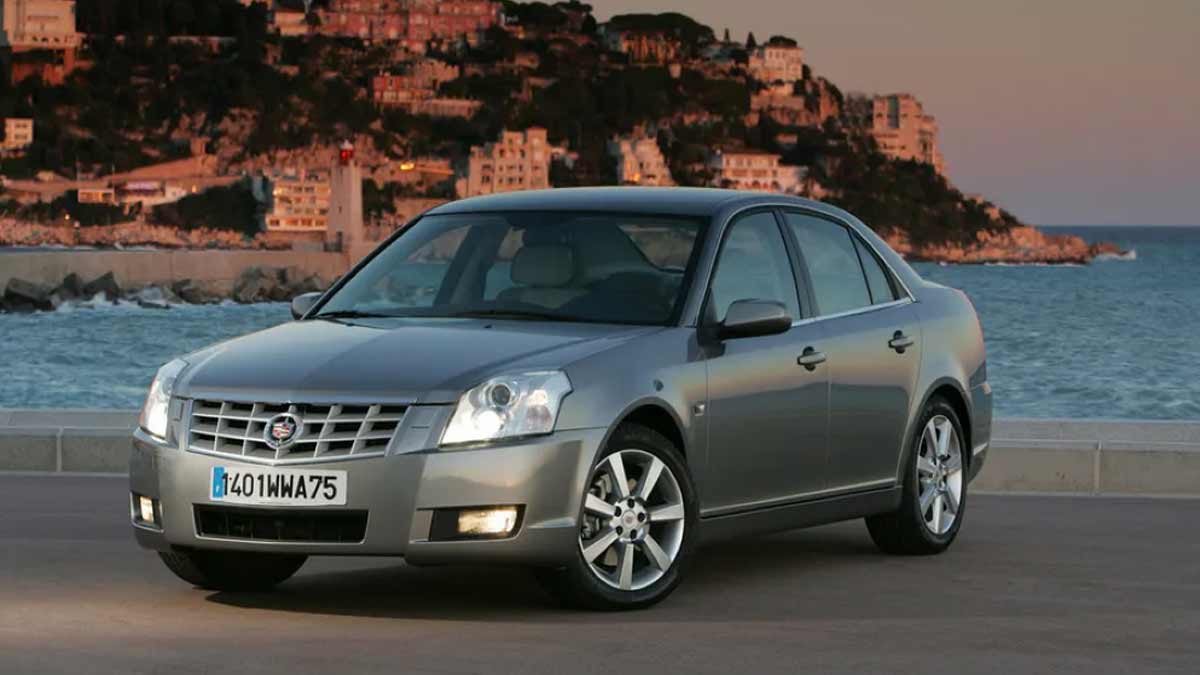
Ultimately, Saab was chosen due to its reputation as a premium brand within the GM portfolio and its underutilized production capacity in Sweden. The decision to base the Cadillac BLS on the Saab 9-3 platform made sense both economically and strategically. Approximately 80 percent of the components of the Cadillac BLS were shared with the Saab 9-3, allowing for significant cost savings.
Design and Features of the Cadillac BLS
The Cadillac BLS was introduced as a concept car in 2005 and officially unveiled as a production model in 2006. The car shared numerous design elements with the Saab 9-3, including the front screen, roof, side windows, and door panels. However, Cadillac ensured that the BLS had its distinct American, muscular, and edgy design language, characterized by sharp edges and the iconic Cadillac grille.
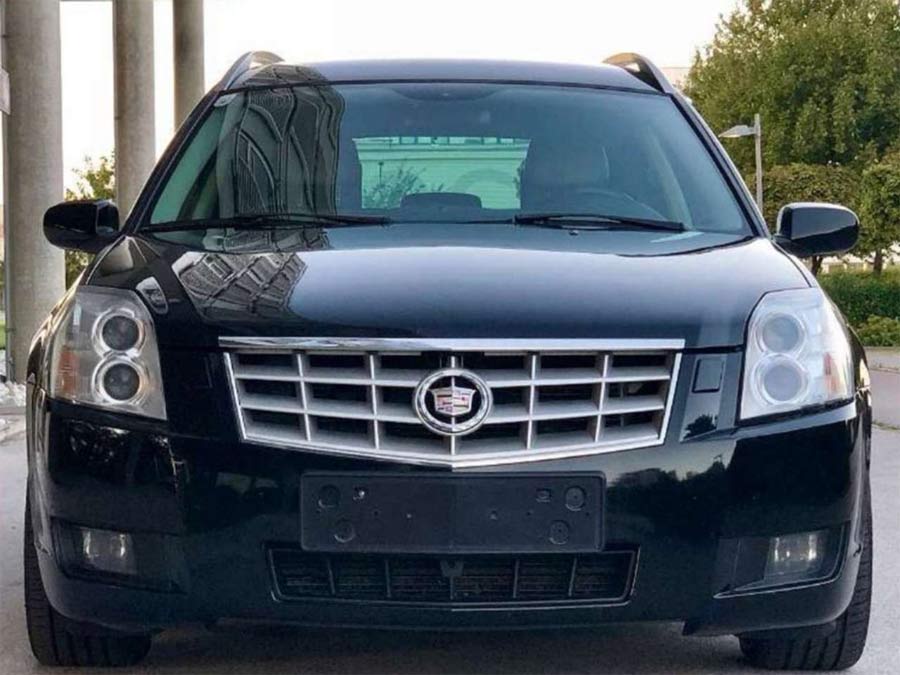
The BLS was available in both saloon and estate versions, providing versatility for potential buyers. The estate version, introduced in 2007, aimed to capture a significant share of the market. Cadillac anticipated that 60 percent of BLS sales would come from the estate version, given its practicality and appeal to European consumers.
The Unfulfilled Potential of the Cadillac BLS Convertible
One of the most intriguing aspects of the Cadillac BLS story is the planned convertible version, which never made it to production. Cadillac engineers and designers initially planned to create a BLS Convertible based on the Saab 9-3 Convertible. However, they encountered significant challenges in maintaining a unique Cadillac design while utilizing the Saab platform.
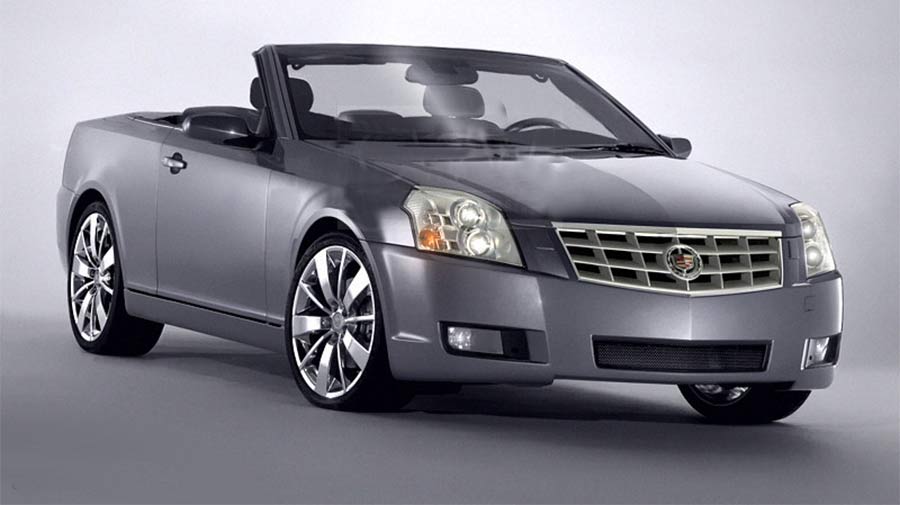
The distinctive shape and features of the Saab 9-3 Convertible, including the panoramic front screen and soft-top mechanism, made it difficult to create a Cadillac version that did not closely resemble the original Saab model. Ultimately, the project was deemed unfeasible, and the Cadillac BLS Convertible was shelved.
Market Performance and Challenges
Despite the strategic planning and collaboration, the Cadillac BLS struggled to achieve the expected market success. Cadillac Europe had ambitious sales targets, expecting to sell around 15,000 units annually, with 10,000 units in the initial years. However, actual sales figures fell far short of these projections. The Cadillac BLS was in production from 2006 to 2009, during which time it failed to capture a significant share of the market.
Several factors contributed to the BLS’s underwhelming performance. The European premium car market was highly competitive, and Cadillac faced stiff competition from well-established brands. Additionally, the BLS’s close resemblance to the Saab 9-3 may have deterred potential buyers who preferred the original Saab model or other European brands.
The Legacy of the Cadillac BLS
The Cadillac BLS’s brief production run and limited sales led to its discontinuation in 2009. The model did not receive a direct successor specifically designed for the European market. However, Cadillac’s efforts to expand globally did not end with the BLS. The Cadillac ATS, introduced later, served as a global model available in North America, Europe, and China.
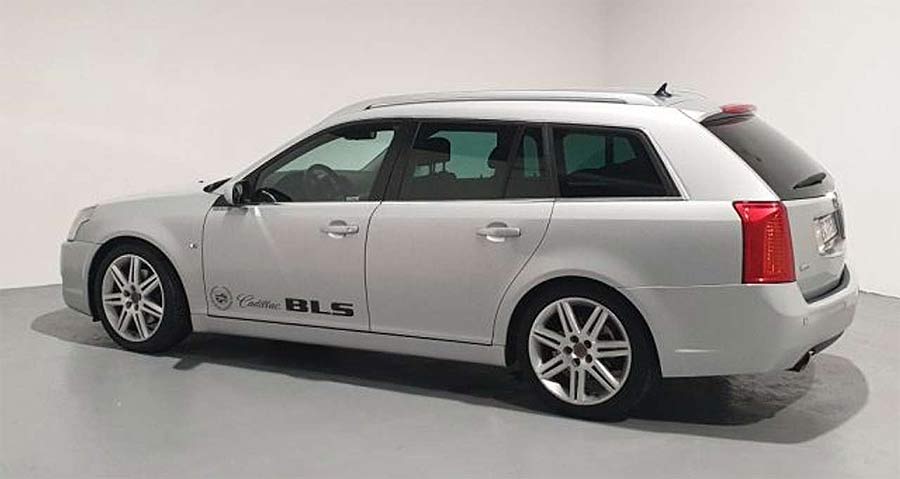
The Cadillac BLS remains a notable chapter in the history of Cadillac and Saab, representing a unique attempt at synergy between American and European automotive engineering. While the BLS did not achieve lasting success, it serves as a reminder of the complexities and challenges involved in entering a highly competitive market.
Conclusion
The Cadillac BLS is an interesting case study in automotive history, showcasing the challenges and opportunities of cross-brand collaboration and market expansion. Despite its potential and the strategic planning behind it, the BLS ultimately could not overcome the competitive pressures of the European premium car market. However, its story provides valuable insights into the intricacies of automotive design, production, and market strategy.
By examining the Cadillac BLS and its connection to the Saab 9-3, we gain a deeper understanding of the factors that influence the success and failure of automotive ventures. The Cadillac BLS may not have left a lasting legacy in the market, but it remains a fascinating example of ambition, innovation, and the complexities of the global automotive industry.






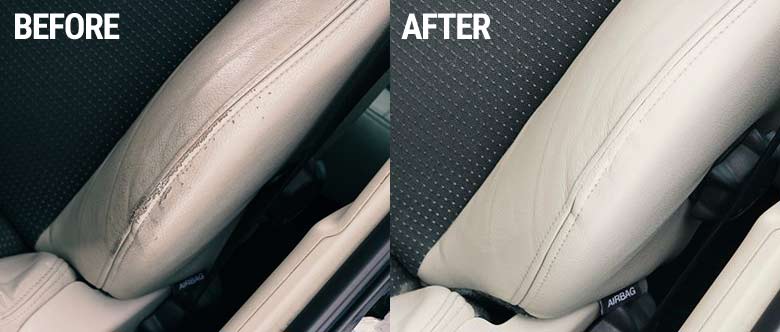





I never understood how the idea of creating a Caddy based on a Saab that in turn was based on an Opel was the best idea to take on MB, BMW and Audi. Don´t get me wrong, the car was all ok, but would it attract any premium car buyer? No.
Jag hade en Cadillac BLS några år. En riktigt bra bil. Tystare än mina Saab 9-3 och snyggare skinnklädsel (tycker jag), påminner om den i 9-5 NG.
Cool, never knew that
BLS- a Cadillac based on a Saab that was based on a Vauxhall 🤣
Paul Smythe The SAAB version had many mods over the Vauxhall….and you forgot Opel…and Buick
Ed Slicker many mods? Saab completely re designed it at huge expense, again.
That’s why they’re not here today, stupid business decisions.
Opel, Buick & Vauxhall were all under the same umbrella at the time, same car different badges
Ed Slicker although not under the same umbrella, GM rebadged these cars as Chevy & Pontiac in the US & Holden in Australia
TO Paul Smythe
they may share the same platform, engines and some other bits, but there is no Opel neighther a Vauxhall looking anything like Saab 93. Only BLS shares loads of interior and exterior parts with it.
TO Mario Bonzzone
that’s because they wasted amounts of money re engineering it for no real reason, sending them further into debt.
BLS, more like POS 🤣🤣
I bought a BLS last year. It is a 2007 model and only under 130 thousand kilometers driven. For me it is the Best car I have ever had! Both luxury and performance. 2,8 litre V6 turbo engine allows the car to move at 255km/h! I tested this on the German Autobahn. What a wonderful car!
Köpte i Sverige en helt ny Cadillac BLS för 19900 dollar med manuell växellåda år 2006. Helt okej bil på den tiden.
I owned one of the last one made, my local dealer bought it from Saab in Trollhättan Sweden when they closed down the production. It was a developer edition with the Saab 9-3 Turbo-X drivetrain.. I still regret selling it 10 years ago. I loved it, a real sleeper! 🥰
Seemed to be most popular in Russia?
I’m also confused as to why the Cadillac got some different finishes on certain parts of the car which actually make it nicer than what the 9-3 got. Even though they are 90% the same car